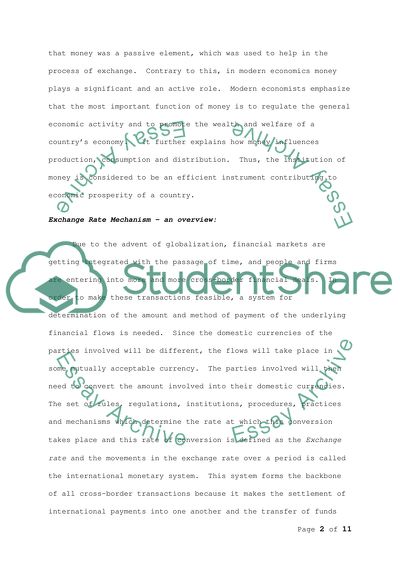Cite this document
(“Make an assessment of the achievements of the Bretton Woods Fixed Essay”, n.d.)
Retrieved from https://studentshare.org/miscellaneous/1548859-make-an-assessment-of-the-achievements-of-the-bretton-woods-fixed-exchange-rate-system
Retrieved from https://studentshare.org/miscellaneous/1548859-make-an-assessment-of-the-achievements-of-the-bretton-woods-fixed-exchange-rate-system
(Make an Assessment of the Achievements of the Bretton Woods Fixed Essay)
https://studentshare.org/miscellaneous/1548859-make-an-assessment-of-the-achievements-of-the-bretton-woods-fixed-exchange-rate-system.
https://studentshare.org/miscellaneous/1548859-make-an-assessment-of-the-achievements-of-the-bretton-woods-fixed-exchange-rate-system.
“Make an Assessment of the Achievements of the Bretton Woods Fixed Essay”, n.d. https://studentshare.org/miscellaneous/1548859-make-an-assessment-of-the-achievements-of-the-bretton-woods-fixed-exchange-rate-system.


